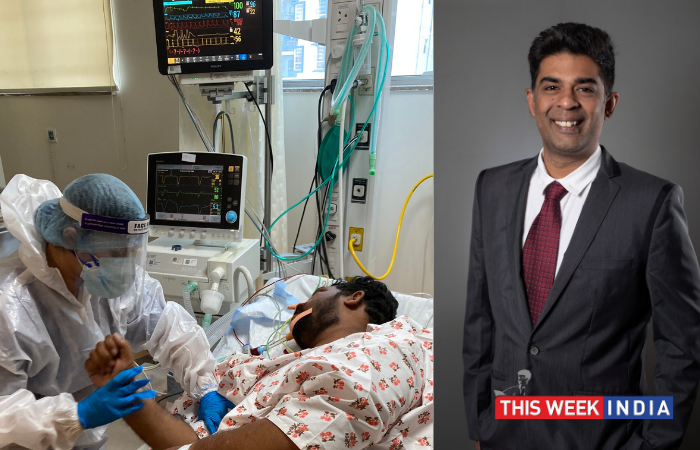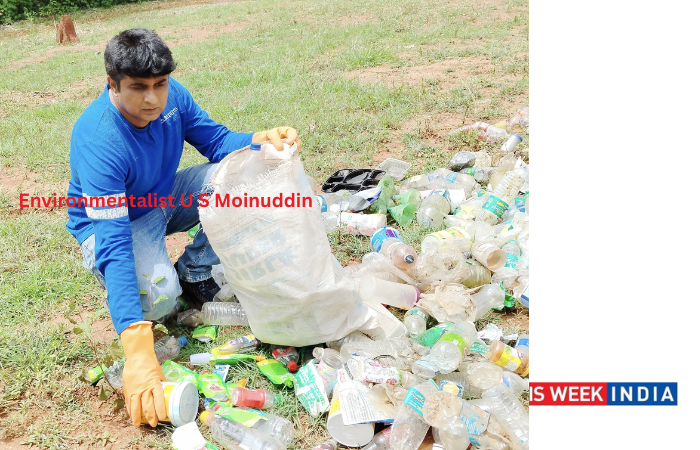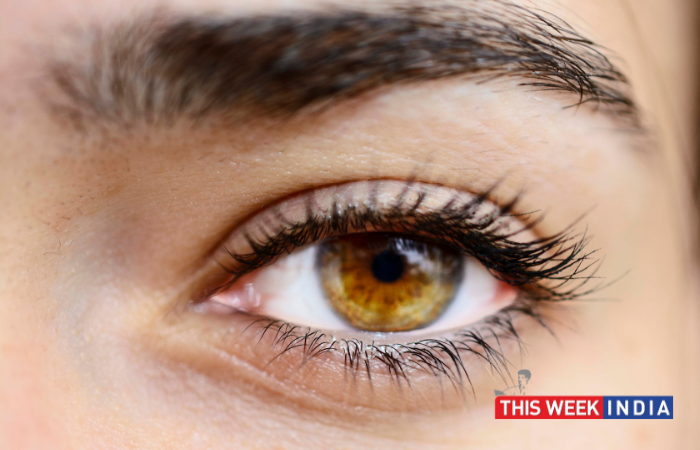The second wave of the pandemic has had a crippling effect on people worldwide, particularly in India. We are now witness to astronomically high mortality and morbidity across the country. While the first wave impacted the older generation, the second wave has claimed lives of people in the middle and younger age groups. There is an urgent need to understand how the virus works in its myriad ways to counter its devastating effects.
COVID-19 infection is associated with a multisystem inflammatory syndrome with predominant effects on the respiratory system.The most dominant feature resulting out of impaired pulmonary mechanics and insufficient arterial oxygen supply is stress on the oxygen transport pathway.Depending on the clinical presentation, acute COVID-19 patients are classified into mild, moderate and severe categories, in which respiratory symptoms range from mild cough to pneumonia with drop in oxygen saturation. Based on clinical findings, patients might require conservative medical management or oxygen support or even a ventilator. Majority of patients with COVID-19 have benefited from physiotherapy care which has been shown to assist in faster and complete recovery of patients infected by COVID-19.
Physiotherapists play a key role in improving the ventilation/perfusion mismatch, reducing its impact on the oxygen transport pathway in respiratory care. Not all breathing exercises or positioning techniques work for all patients. It is a misnomer that every patient requires chest clearance or deep breathing techniques to stabilize their condition. Based on the severity of the disease, and clinical presentation of each patient, treatment goals and the manner in which they are managed, differs. For example, in acute care ICU setting,the aim of physiotherapy treatment would be to improve oxygenation and maintain bronchial hygiene, thereby preventing secondary respiratory infections.Physiotherapy also helps in reducing ventilator dependency, facilitating weaning and minimizing the impact of immobilization on the oxygen transport pathway. Patients experiencing moderate symptoms with oxygen support will require assistance in breathlessness management. Increased ventilation to all zones of the lungs and gradual increase in the functional capacity will reduce the impact of immobility on various body systems.
During the pandemic, physiotherapists have been working round the clock along with intensivists and pulmonologists giving supportive care to patients and ensuring faster weaning and their early discharge.Observing trends since the first wave, and more prominently during the second wave, we have noticed that once patients are discharged from hospital, especially patients who had a long stay or needed oxygen or ventilator support during their stay,they are at risk of long-term impairment and disability. More than 50% of such individuals experience ongoing symptoms such as movement related fatigue, weight loss, ICU acquired weakness/neuropathies, post intensive care syndromes and residual respiratory, musculoskeletal, neurological and cardiac related impairments. These symptoms can remain even six months after discharge and can severely affect recovery and return to daily activities.
It is highly recommended that individuals who experience such symptoms follow up at the post COVID-19 clinics, where an integrated medical team along with the physiotherapists screen and guide patients towards structured individualized therapy to facilitate a faster recovery to pre-COVID-19 state. Here physiotherapy and rehabilitation play a very important role as experts work individually with patients assisting them in improving the ventilatory mechanics and functional capacity, facilitating recovery with a gradual, progressive and structured exercise program for better functionality.
Most times such individuals recovering from an acute infection report lack of energy.It is important for them to get back to independent participation in their daily lives and maintain a good balance between energy saving and expenditure. Therefore continuity of care in the form of individually-tailored therapy programmes delivered in the comfort of their homes seems more feasible as patients need not exhaust themselves travelling to a centre to receive care and instead utilise their energy judiciously in recovering and becoming functionally independent.
Post-COVID recovery has to be addressed holistically vis-a-via physiologically, physically, mentally and nutritionally. It is crucial for individuals who tested positive for COVID-19 to consider post-COVID rehabilitation as an essential aspect of their recovery which eases the process of ‘getting better’. The specialists can enable the post-COVID recovery in a slow, consistent, adequate and appropriate manner.
By- nPramod Ravindra, Founder & CEO, ProPhysio Healthcare Pvt. Ltd









